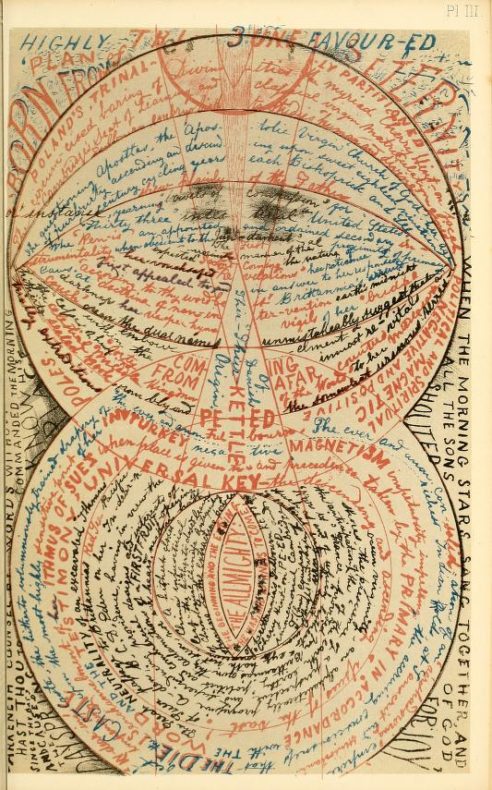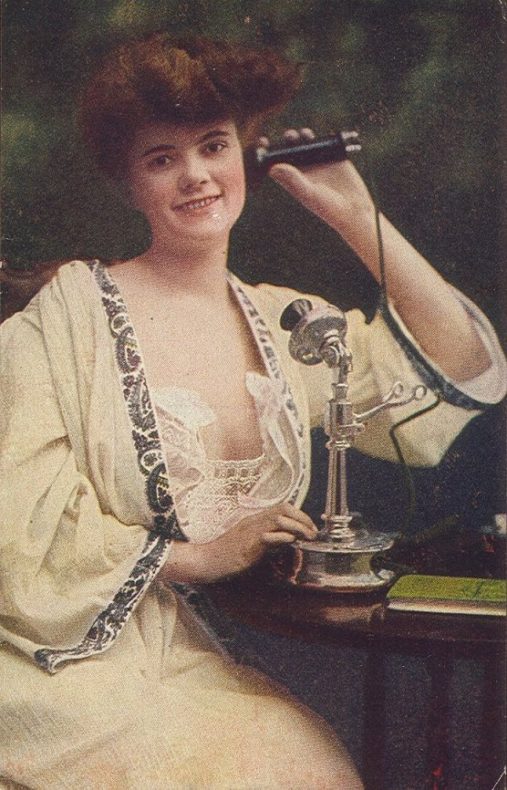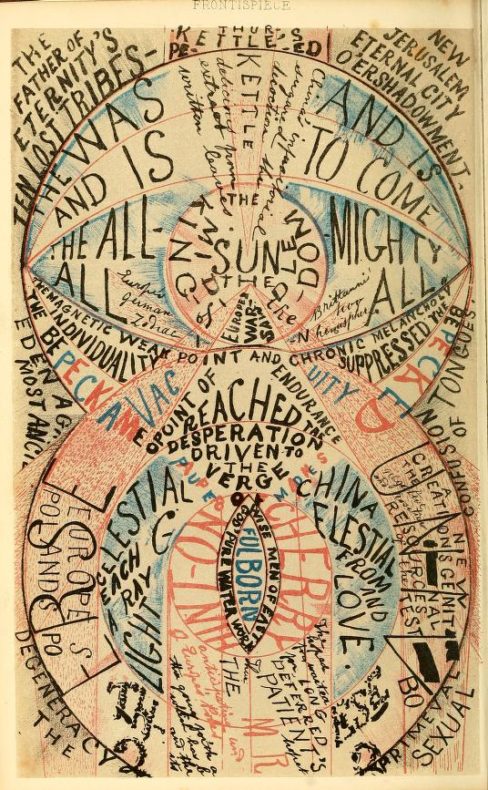
Apologies in advance, but I’m a person who quit Twitter for a month and now you’re going to have to endure the lessons I learned from my time away. Don’t worry: this post contains 0 percent yoga. And I’m still on Twitter.
Look, you may not care about Twitter, but I had a problem. I’m not going to trivialise actual addiction by comparing it to my bad habit, but the rituals were familiar. I had three different Twitter blockers installed on my phone, and I spent my days shuffling them on and off and back and forth in an intensifying game of three-card Monte, complete with regular vows that this time abstinence would follow.
Luckily, a friend had just come off a Twitter detox. He saw my increasingly prolific feed and recognised a problem, so he persuaded me to hand him my keys – password, two-factor authentication, all of it. And that was it. No more Twitter. I was cut off.
The first week I didn’t know what to do with myself. I mainly spent it constantly, unthinkingly finding myself back at the login page, contemplating the blue bird and the red text below. “Please double-check and try again”. I also spent it coming to grips with the size of my habit. I have an Android phone, and they now come with software that tells you how many hours you’ve spent on it. I’ve always wished it were a bit more granular – not every moment on my phone is a waste of my life! I wish it could distinguish between time-wasters and apps that, like Runkeeper and Google Docs, signify I’m doing something valid.
The aforementioned lack of granularity also provided an excellent alibi: even though my phone had tried to alert me to the staggering number of hours I spend on it, I was afloat in denial: surely most of those hours were taken up with something productive.
After my lockout, the numbers plummeted: an indictment. I spent the next couple of weeks in low-key emotional withdrawal coming to grips with why I was always turning to that stupid web site. Mainly, it’s a lot easier to be on Twitter rubbernecking someone else’s public-facing emotional problems than facing your own private ones.
Eventually, as the hellsite loosened its grip on my psyche, I started doing all kinds of real things in the world (I promised not to mention yoga). I read many of the articles I had found on Twitter “for reading later” but had never read because “later” I was always still on Twitter. I got my news from the newspaper. I emailed people I actually know, and in one case talked to someone using an actual telephone.

And then it happened. I cracked. One afternoon, I inadvertently clicked on a Twitter link from an article while in an incognito tab of Chrome. And there it was – a way back into the site that bypassed the login screen.
I was back in. I felt elated and dirty and defeated. It was all so disappointing. Three weeks of hard work for nothing. Here I was on the brink of the abyss about to spiral down again. But reader: that’s not what happened.
Because, after imbibing that one illicit tweet and its assorted comments, what could I do next without an account? Read the tweeter’s profile? His feed? I didn’t know him; most of his tweets were about interior design. I don’t care about interior design. My other option was searching my own name (which was my second port of call, I’m not gonna lie to you). I immediately looked for snotty tweets deriding the articles I had published in the month I was off. But no one was fulminating over my articles – and why would they? I spent an uncomfortable moment reflecting on the link between social media overuse and narcissism. But even if everyone was talking about me – what was I going to do about it? Without an account you can’t engage.
And that’s the other, much more important thing: without an account, you don’t have a newsfeed. If you want to know about something, you have to be active: look up keywords, or individual user accounts, or I guess a hashtag? (ugh) None of these options is remotely satisfying or “sticky”. Faced with the lack of narrative and continuity, my Twitter visits became the opposite of what Twitter wants – efficient and goal-oriented. I went to go find something, I found it, I left. My phone-hour count barely blipped.
And that’s when it hit me – the reason my habit is so bad is me. By lovingly curating and pruning and adjusting and selectively muting my news feed for the past ten years, I’ve turned Twitter into my own unbreakable gravity well. All this time, I have been cooking my own heroin and then paying* Twitter to let me stick it in my own veins!

This revelation quickly led to the dawning, terrible awareness of what I must do next. I haven’t done it yet, because the prospect chills me to my bones. I’m a journalist and I have gotten so many stories from my Twitter feed. I need Twitter! But here it is: I need to unfollow everyone.
It’s a monstrous proposition, and not one I can yet face.
So while I gin up the courage to undo ten years of unpaid labour, I am going to do the Twitter version of intermittent fasting: I’m going to ask my sponsor friend to put me on a “1 week on – 3 weeks off” Twitter schedule. This will incur human cost in the form of his labour (emotional and otherwise). There’s no app to automate this, and even if there were, I don’t think I would trust it. This is strictly about human relationships.
At least that was my thinking until yesterday. That was when my Twitter detox was supposed to end; my friend was scheduled to return my keys, and then we would have had the conversation where I asked him to commit to my rehabilitation. But I don’t know where he is. He’s not answering his WhatsApp. I think he is busy. I don’t have the keys to my Twitter. After learning all my important lessons, I don’t really mind. But I’m less confident in my previous proclamation, one paragraph ago, that we should be relying on our buddies for our Twitter detox. Maybe people like me do need professional help.
* in data and unpaid labour
Image Credits
Both writing images are from the book On the Writing of the Insane (1870) by G. Mackenzie Bacon, medical superintendant at an asylum located near Cambridge, England. Found at The Public Domain Review.
A candlestick telephone from 1910 – Wikimedia Commons